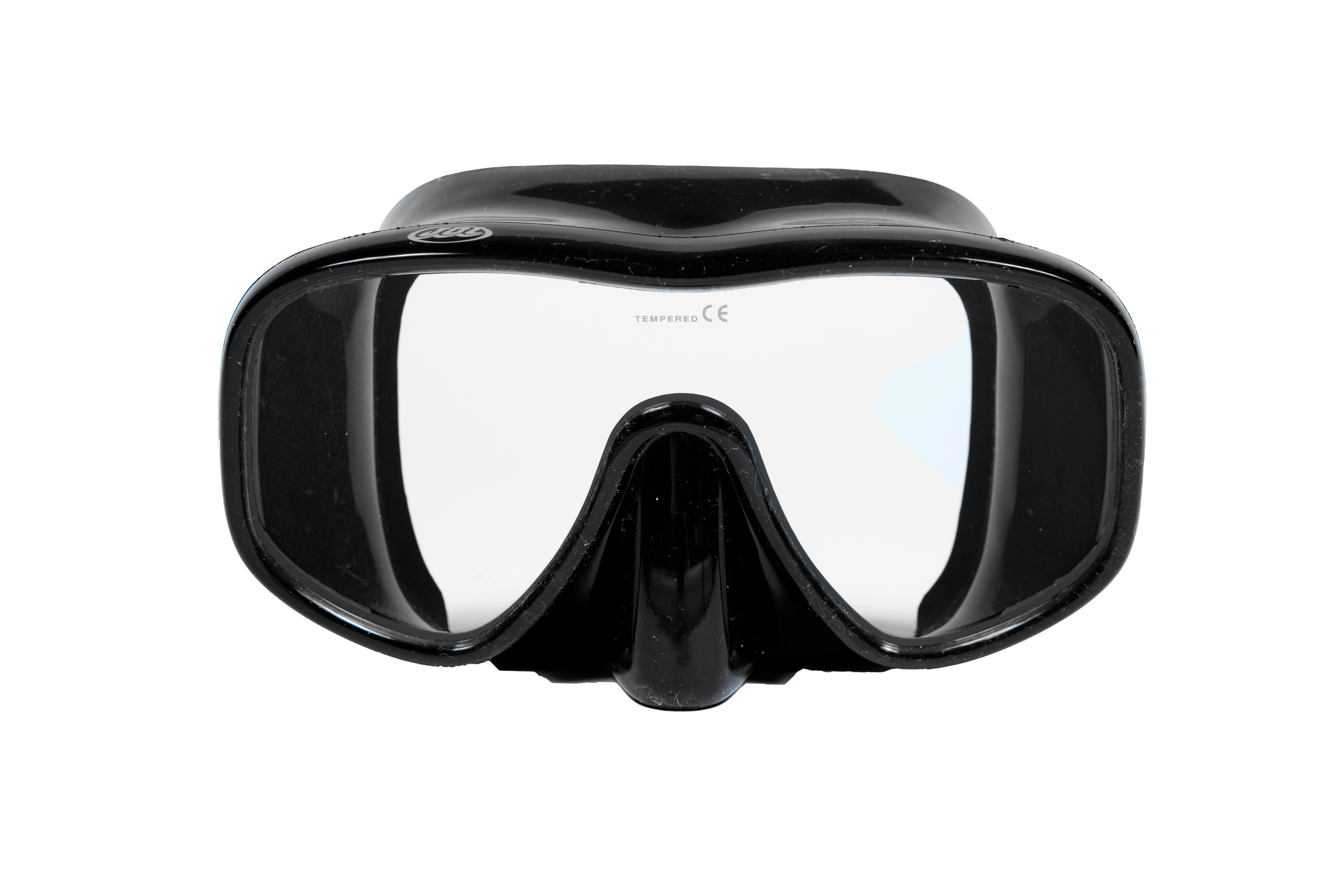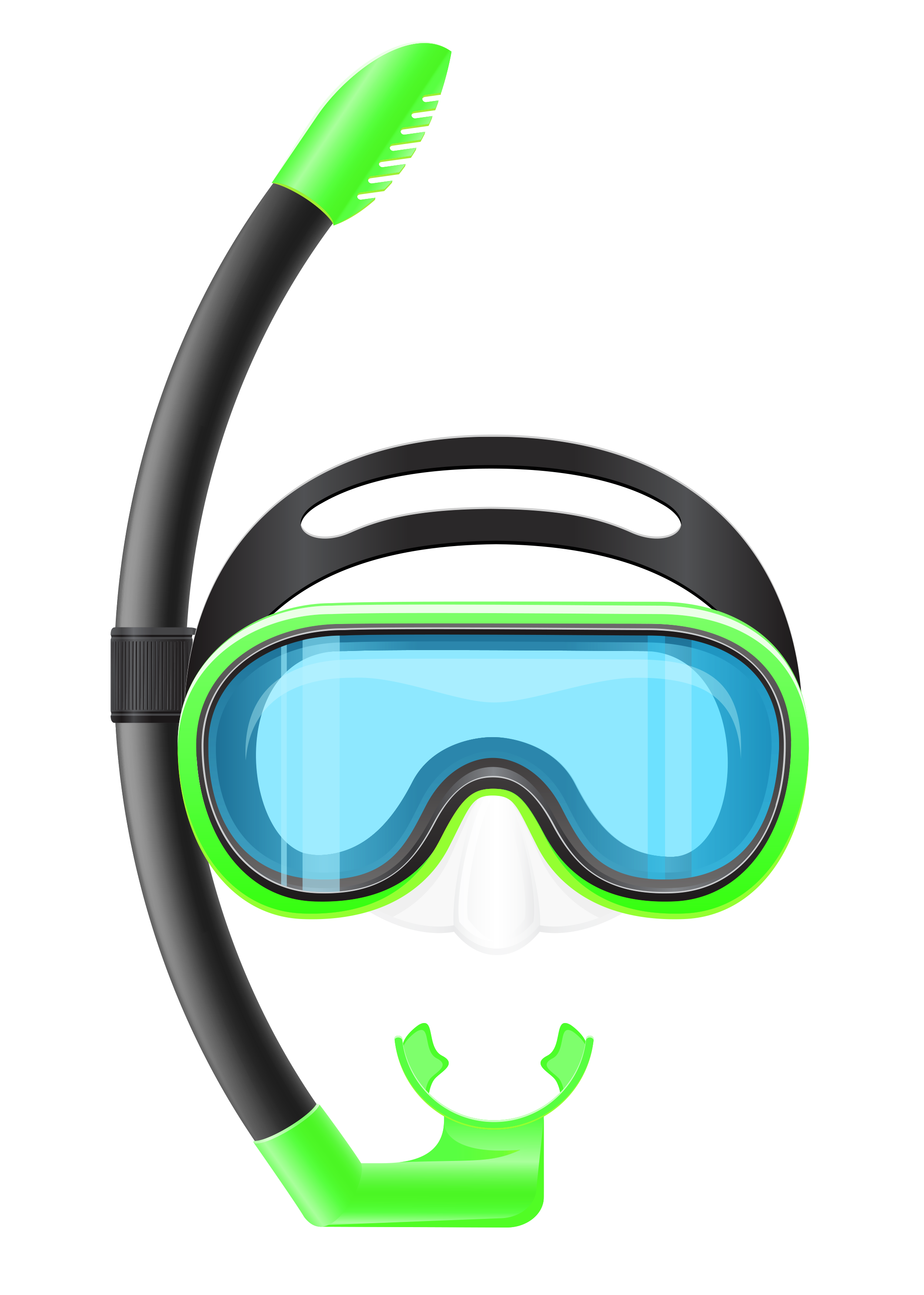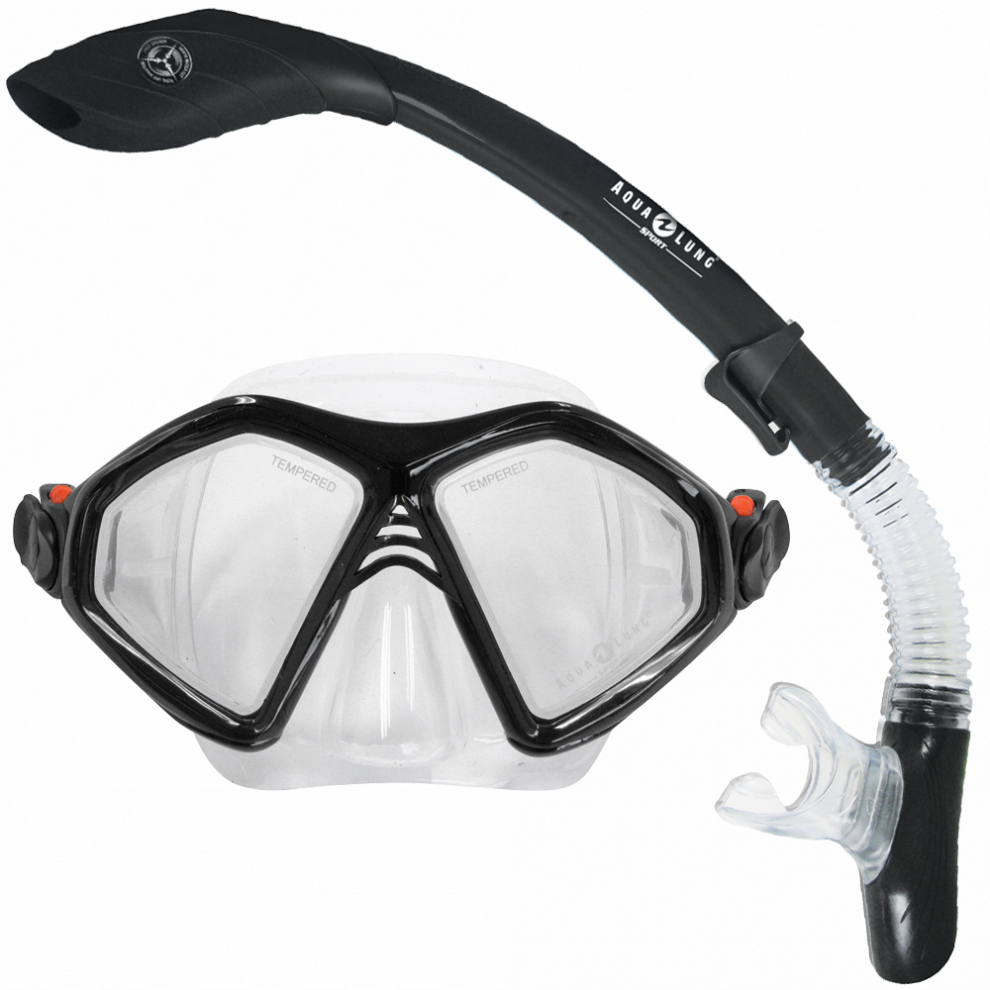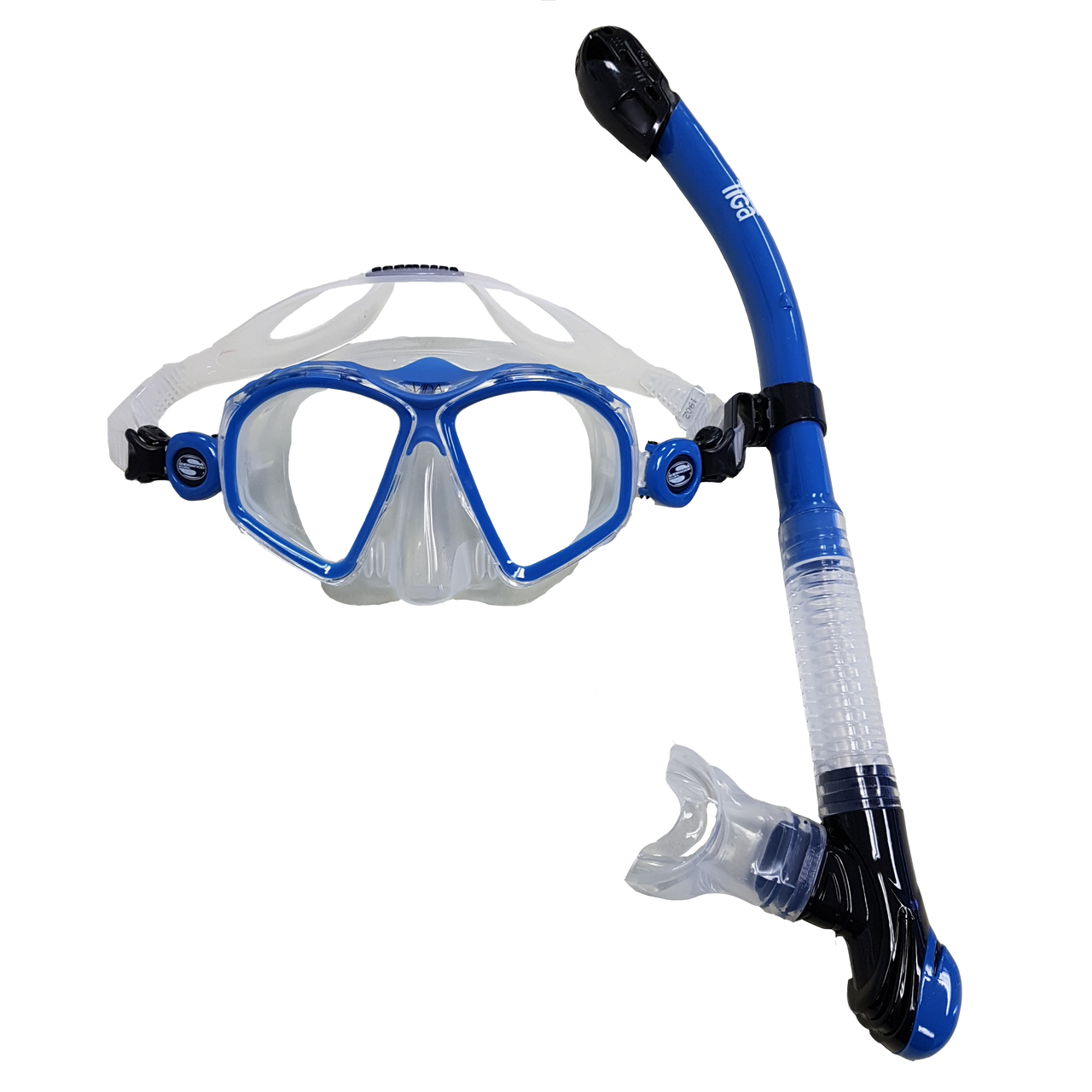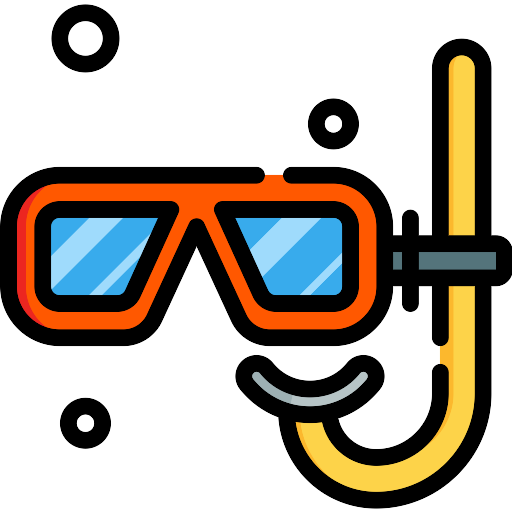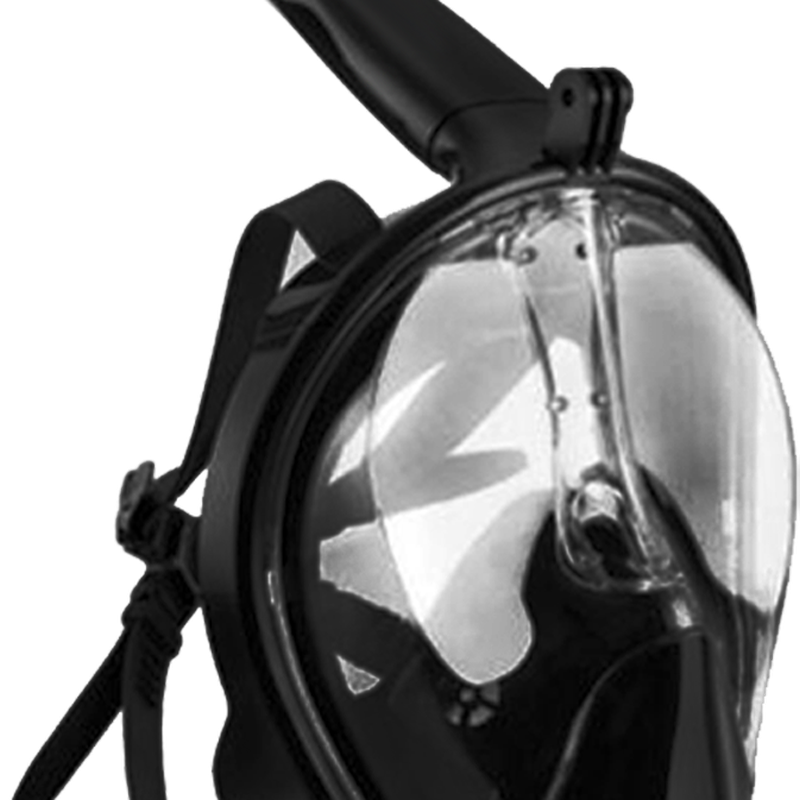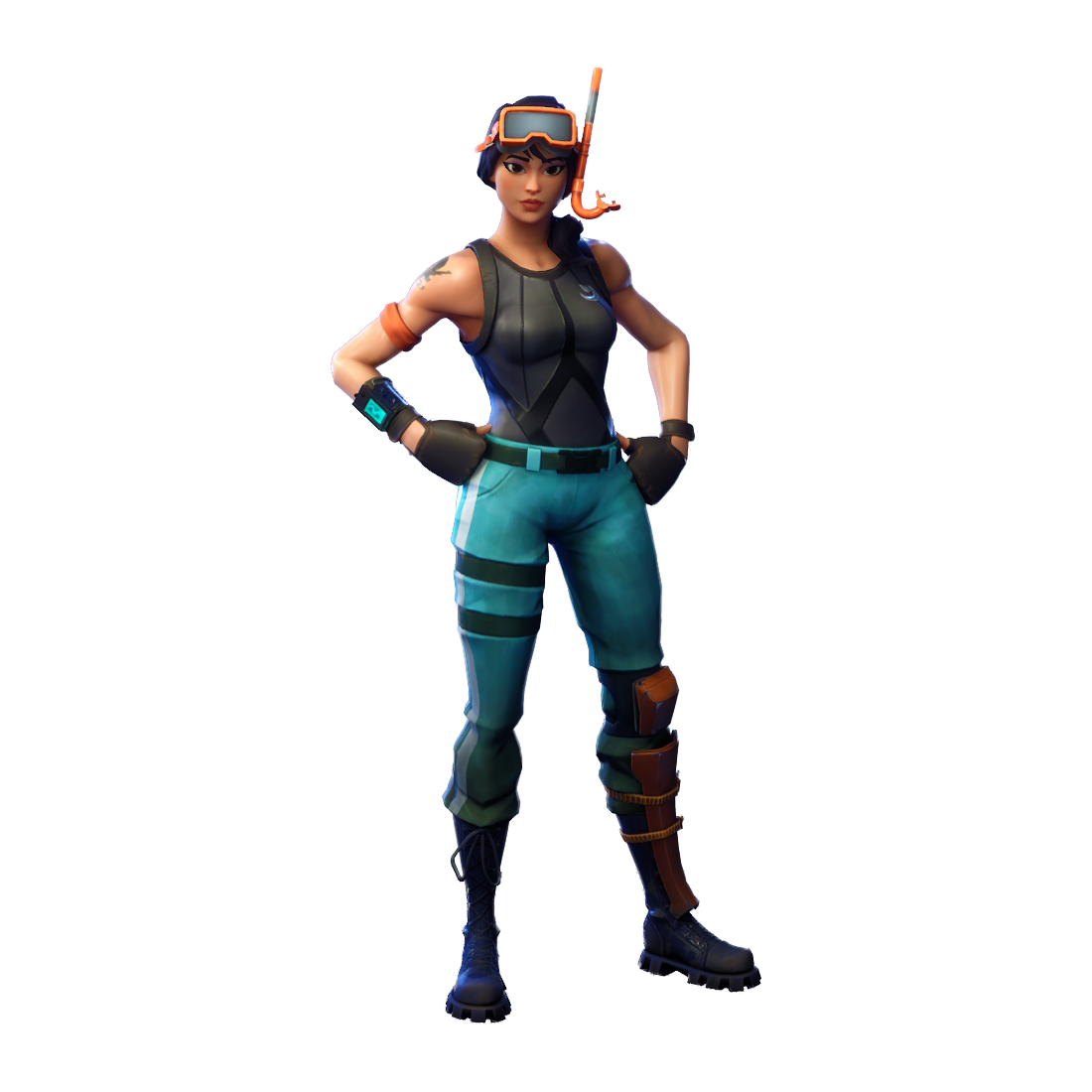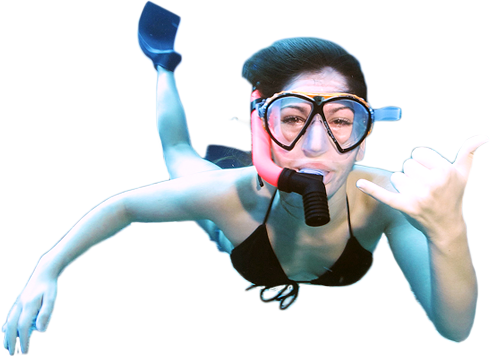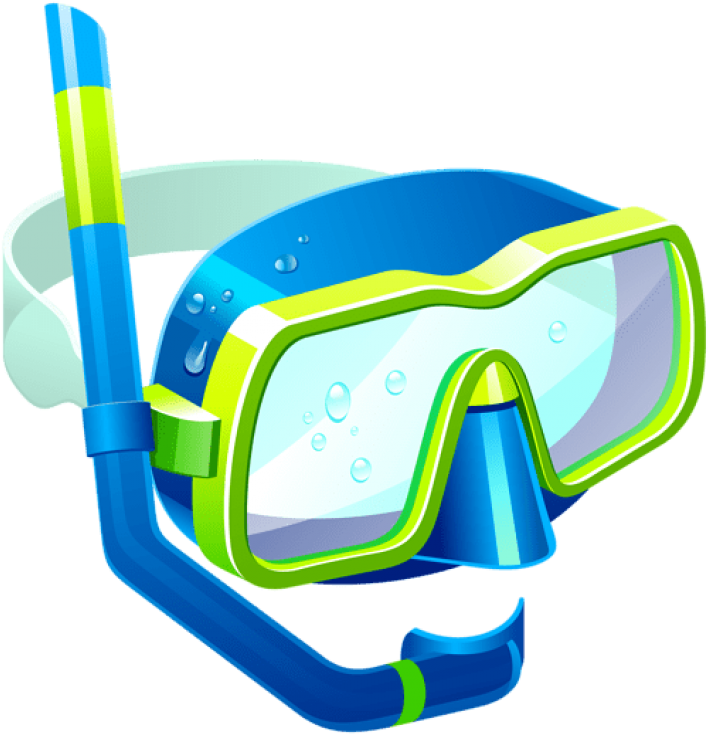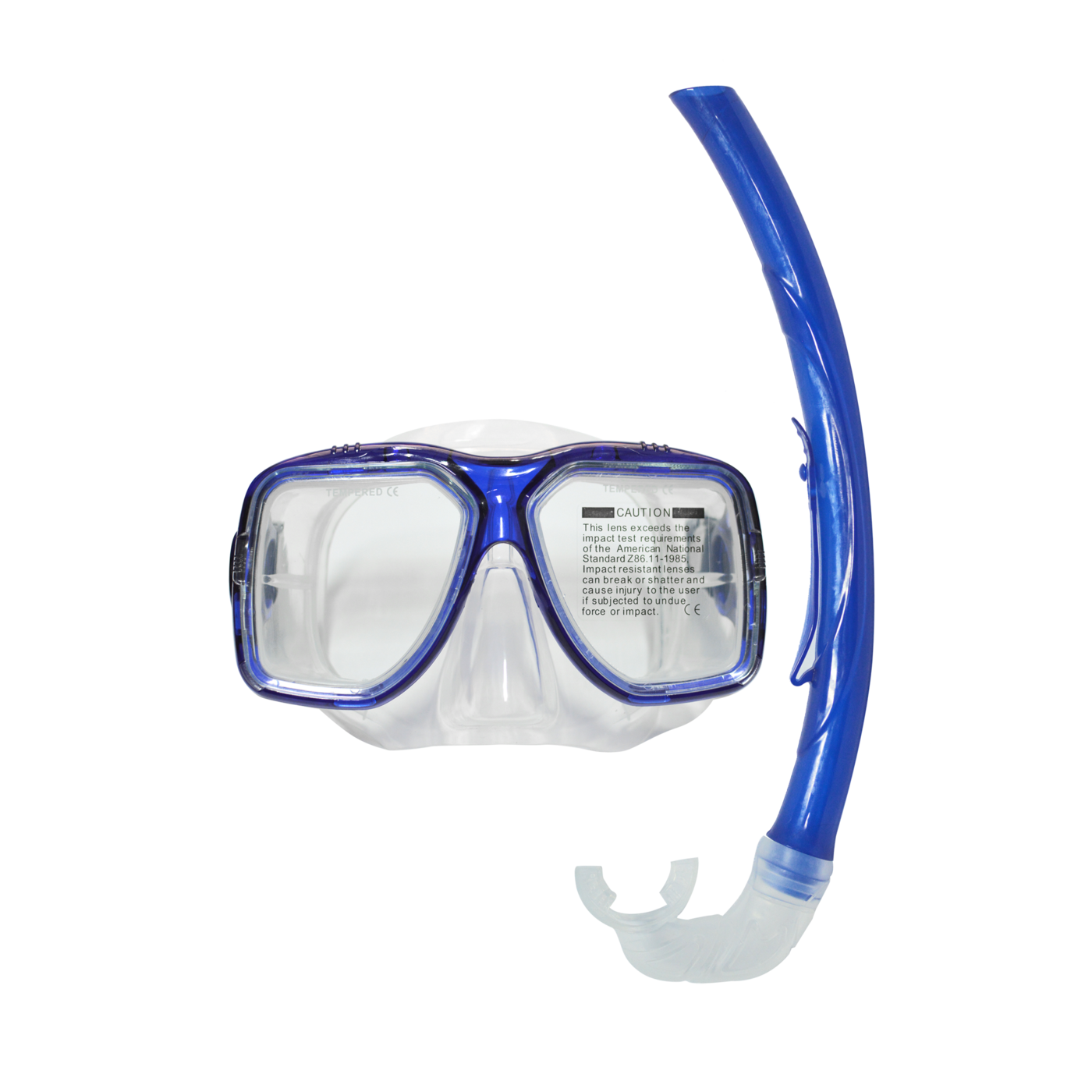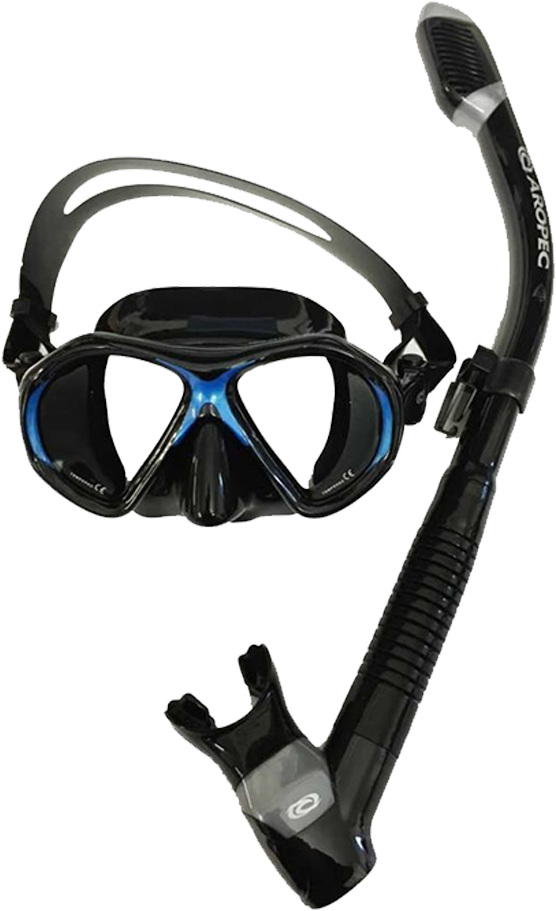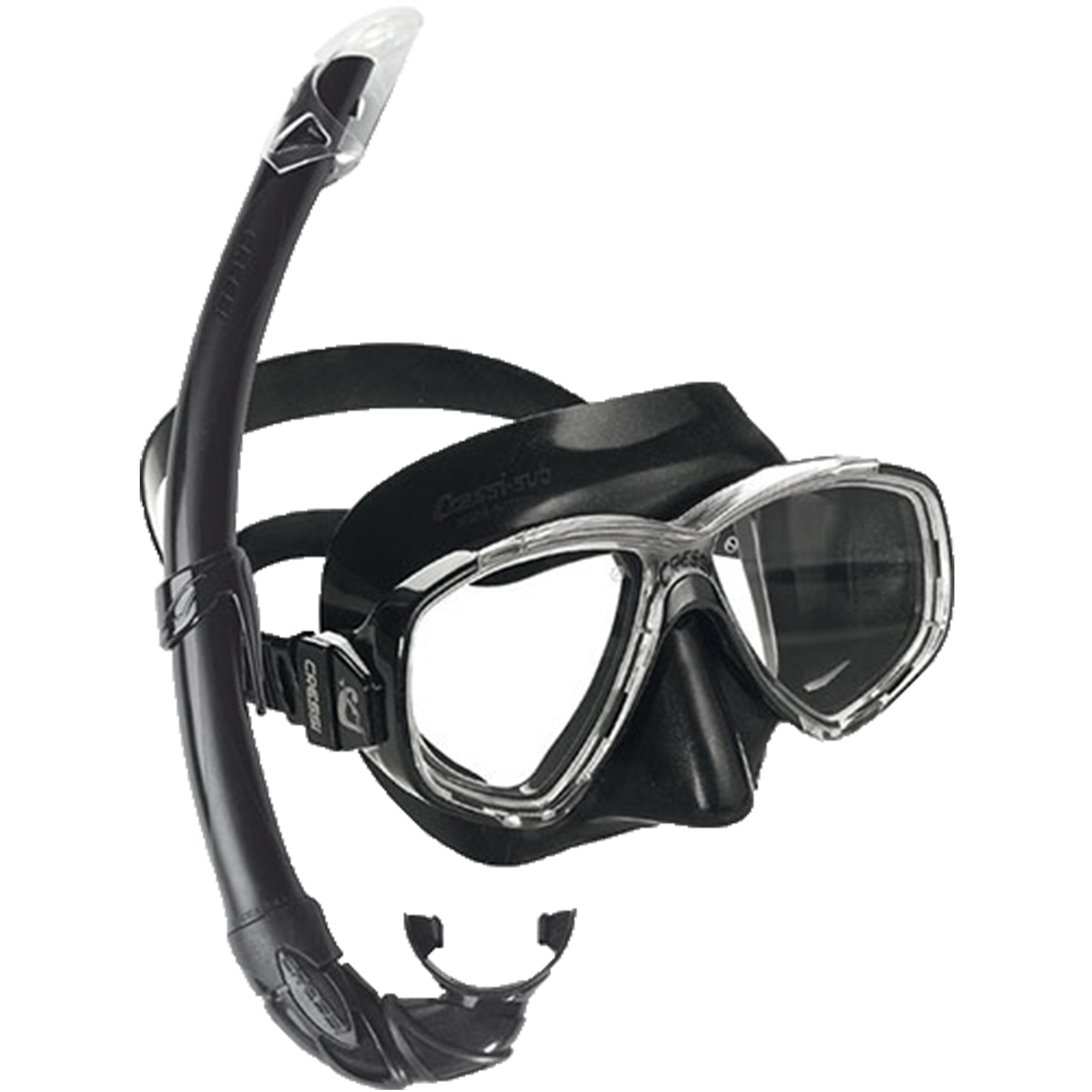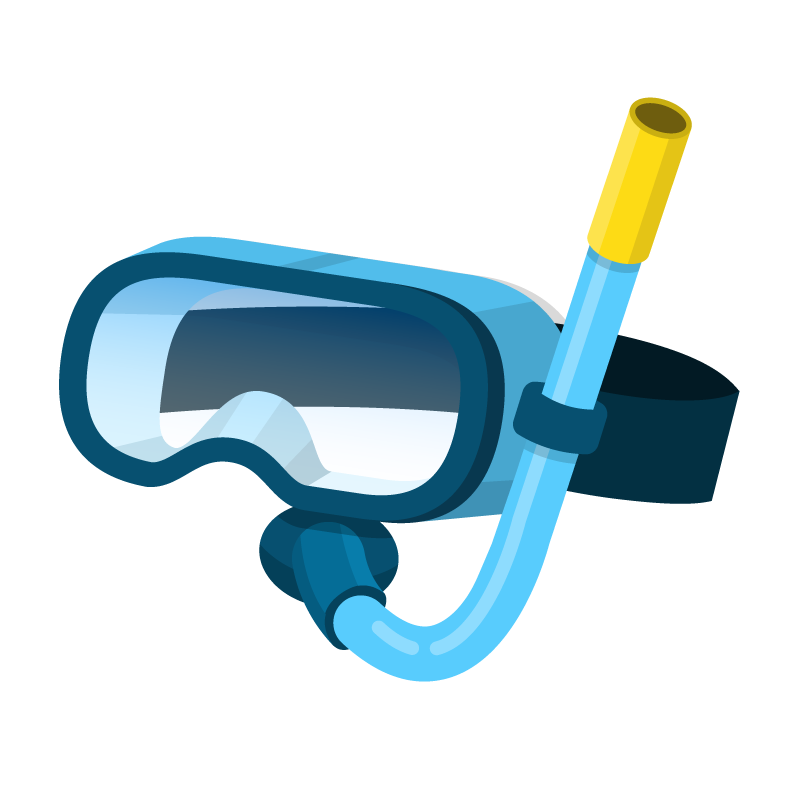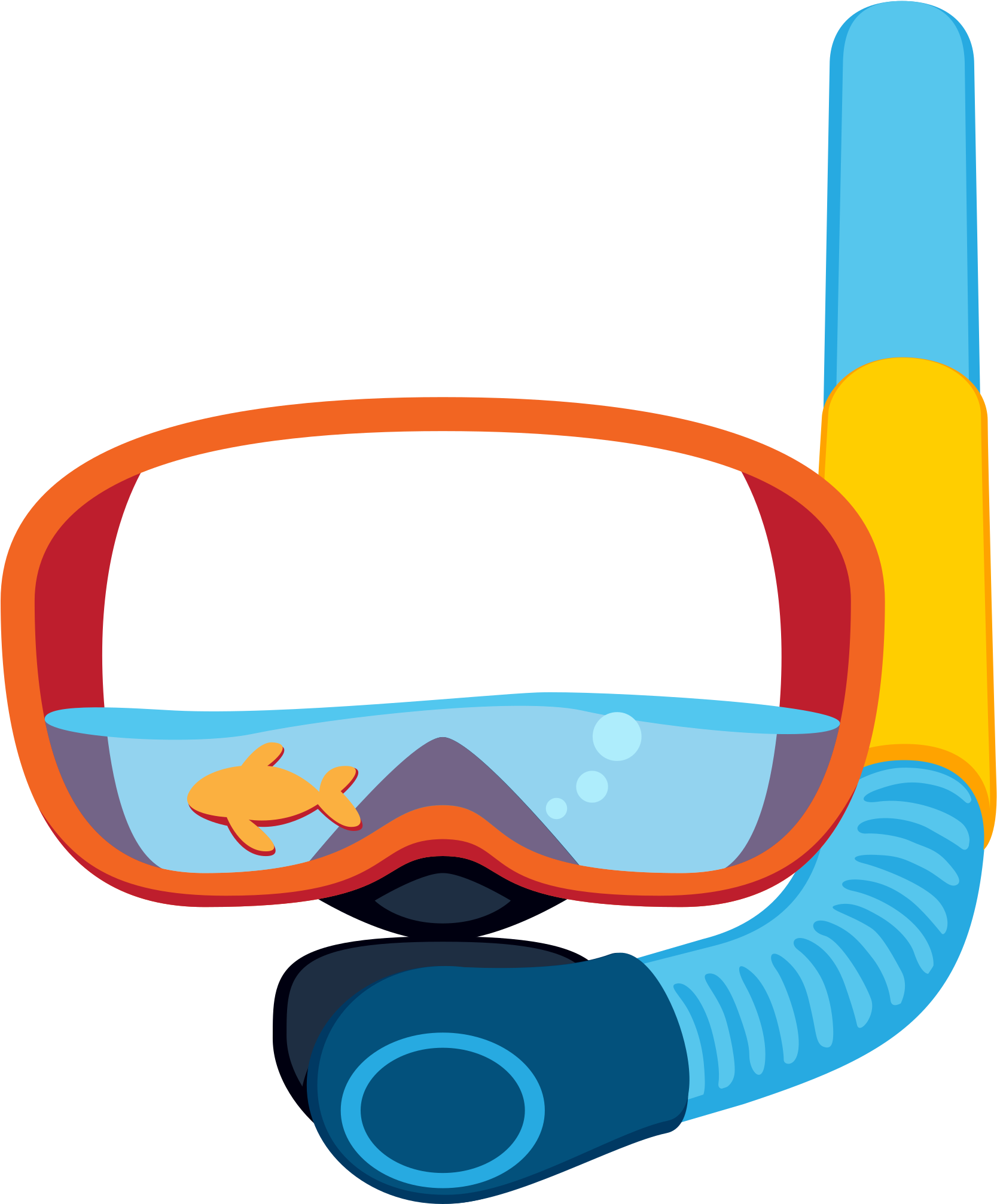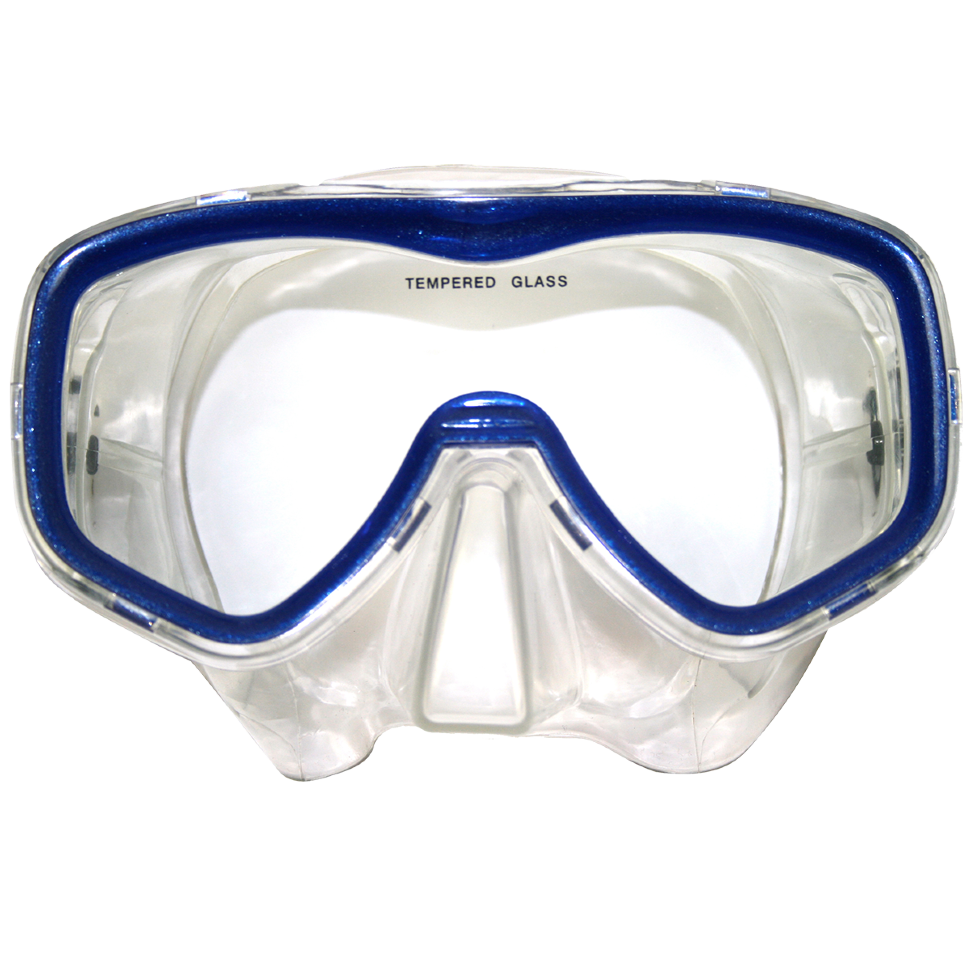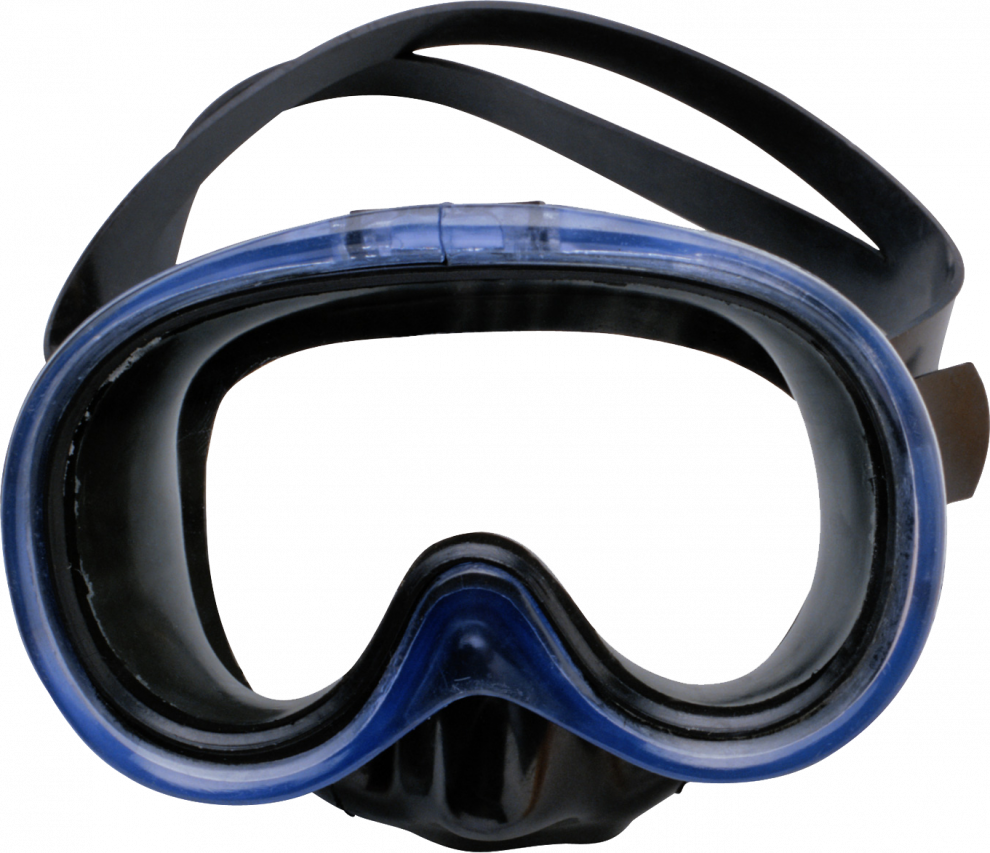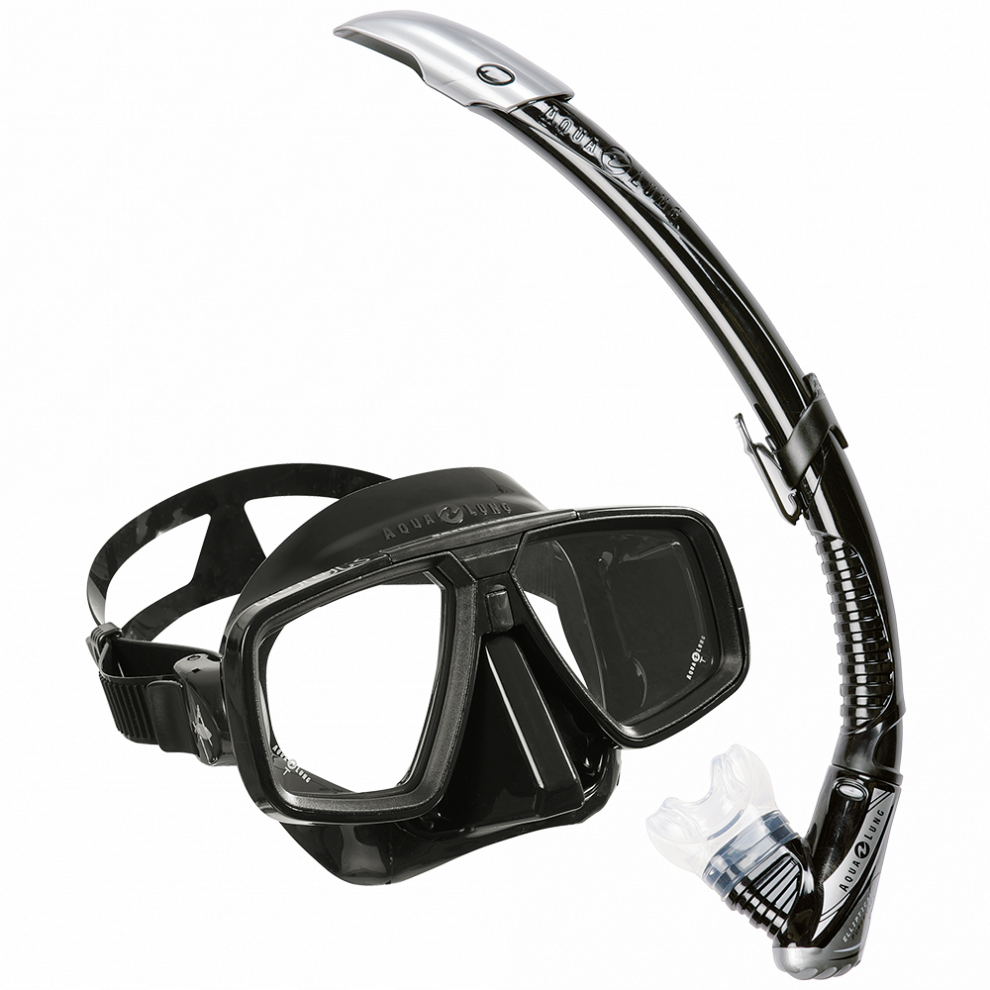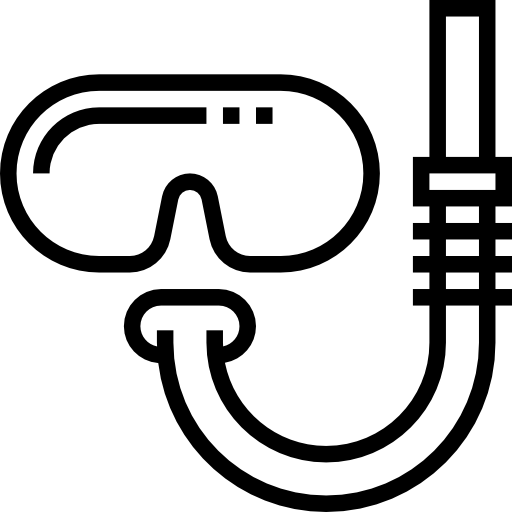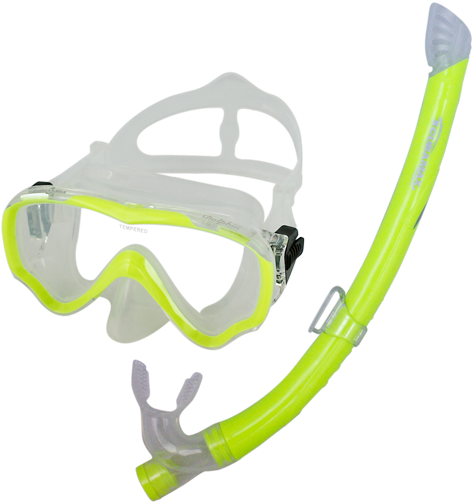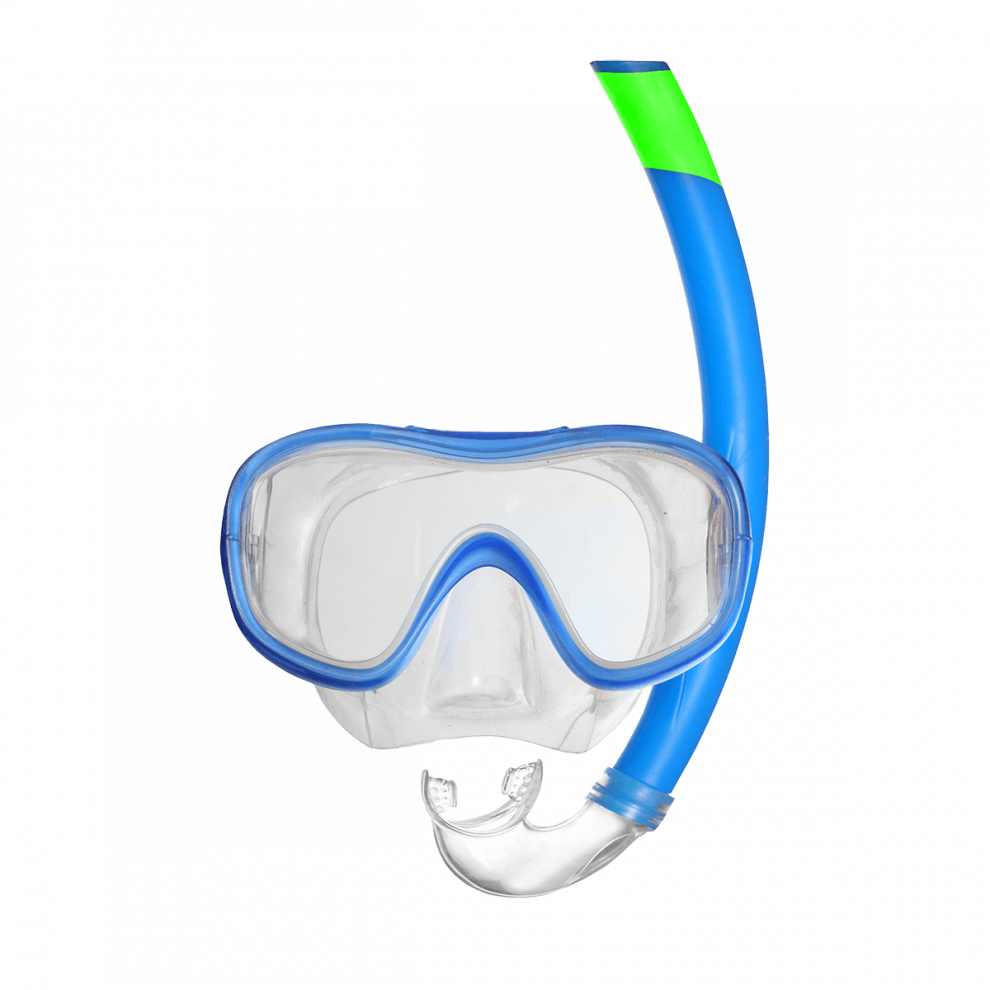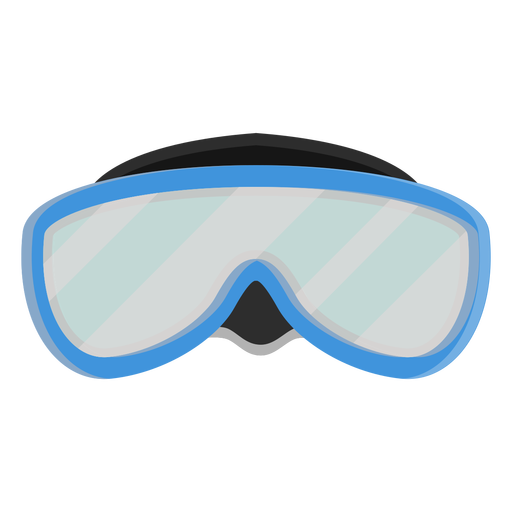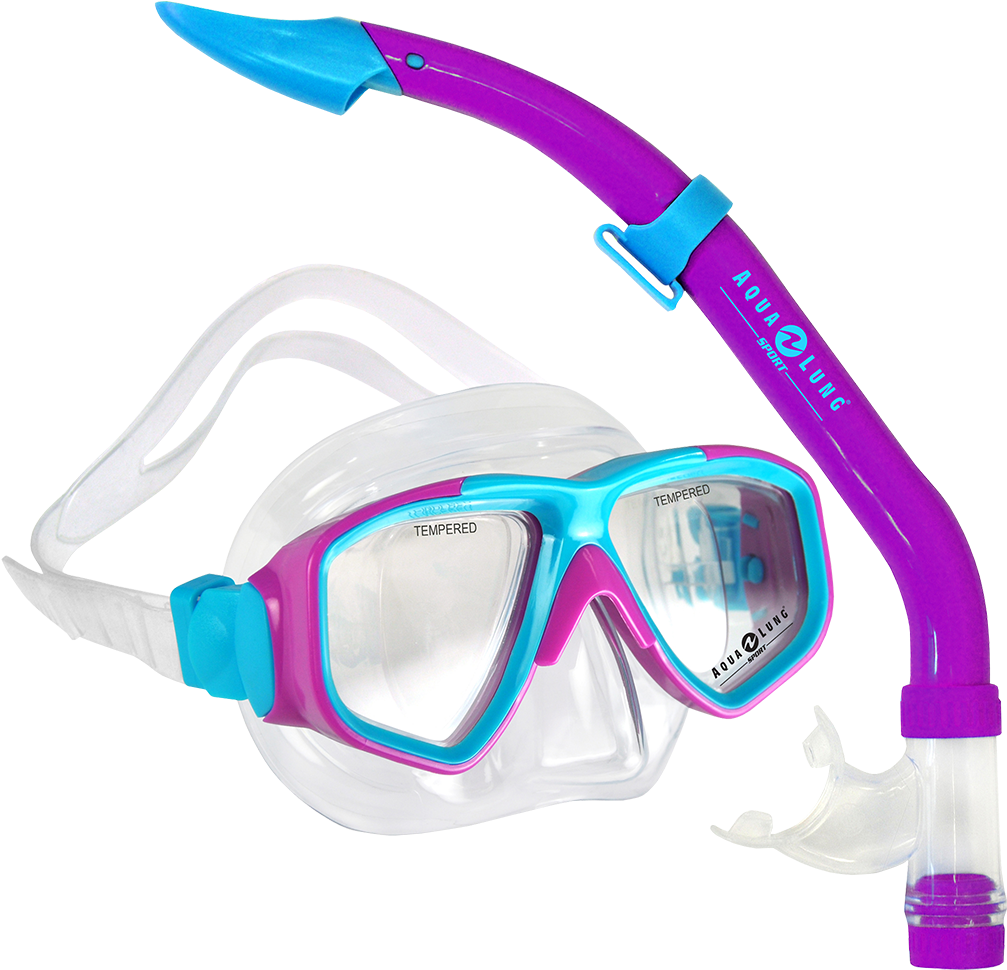Download top and best high-quality free Snorkel PNG Transparent Images backgrounds available in various sizes. To view the full PNG size resolution click on any of the below image thumbnail.
License Info: Creative Commons 4.0 BY-NC
When the wearer’s head is face down in the water with the mouth and nose submerged, a snorkel is used to breathe air from above the surface. It can be used separately or as part of a swimming or diving mask. The integrated version is only appropriate for surface snorkeling, but the standalone device may be used for spearfishing, freediving, finswimming, underwater hockey, underwater rugby, and surface breathing with scuba gear. A swimmer’s snorkel is a tube bent into a letter “L” or “J” form, equipped with a mouthpiece at the bottom end, and made of light metal, rubber, or plastic.
The snorkel may be equipped with a rubber loop or a plastic clip that allows it to be fastened to the exterior of the diving mask’s head strap. Although tucking the tube between the mask-strap and the head can secure the snorkel, this alternate technique might cause physical pain, mask leaking, or even snorkel loss.
A snorkel for users with greater lung capacities should not exceed 38 centimeters in length and 230 cubic centimeters in internal volume, whereas the comparable numbers for users with lesser lung capacities are 35 cm and 150 cc, according to the current European standard EN 1972 (2015). Snorkels used in official competitions must have a total length of 43 to 48 cm and an inner diameter of 1.5 to 2.3 cm, according to the current World Underwater Federation (CMAS) Surface Finswimming Rules (2017).
A longer tube would make it impossible to breathe when snorkeling deeper since it would put the lungs in deeper water, where the water pressure is stronger. Because the muscles that expand the lungs are not strong enough to act against the increased pressure, the snorkeler’s lungs will be unable to inflate upon inhaling. The pressure differential between the blood capillaries and the air spaces in the lungs would raise the risk of pulmonary edema.
Snorkels create dead space in the lungs. When the user inhales deeply, part of the previously expelled air that has remained in the snorkel is inhaled again, lowering the amount of fresh air in the inhaled volume and raising the danger of carbon dioxide accumulation in the blood, which can lead to hypercapnia. The larger the tube and the lower the tidal volume of breathing, the more severe the issue becomes. When the interior volume of the mask is included in the breathing circuit, the dead space is considerably increased.
While snorkeling with a separate snorkel, exhaling via the nose on occasion will assist to prevent carbon dioxide buildup and keep the mask clean of water, but it will increase fogging in cold water. To some extent, the effect of dead space can be mitigated by breathing more deeply and slowly, as this lowers the dead space ratio and reduces the amount of labor required to breathe.
Download Snorkel PNG images transparent gallery
- Snorkel PNG Images
Resolution: 2808 × 1872
Size: 1385 KB
Image Format: .png
Download
- Snorkel PNG Photos
Resolution: 2123 × 2976
Size: 547 KB
Image Format: .png
Download
- Snorkel Transparent
Resolution: 990 × 990
Size: 791 KB
Image Format: .png
Download
- Snorkel Goggles PNG Image
Resolution: 1280 × 1280
Size: 615 KB
Image Format: .png
Download
- Snorkel Goggles PNG Photo
Resolution: 512 × 512
Size: 26 KB
Image Format: .png
Download
- Snorkel PNG Clipart
Resolution: 800 × 800
Size: 297 KB
Image Format: .png
Download
- Snorkel Goggles PNG Images
Resolution: 512 × 512
Size: 25 KB
Image Format: .png
Download
- Snorkel Goggles PNG Photos
Resolution: 512 × 512
Size: 7 KB
Image Format: .png
Download
- Snorkel Goggles Transparent
Resolution: 512 × 512
Size: 17 KB
Image Format: .png
Download
- Snorkel PNG Picture
Resolution: 1100 × 1100
Size: 299 KB
Image Format: .png
Download
- Snorkel
Resolution: 490 × 356
Size: 355 KB
Image Format: .png
Download
- Snorkel Goggles PNG File
Resolution: 708 × 734
Size: 348 KB
Image Format: .png
Download
- Snorkel Goggles PNG Cutout
Resolution: 1400 × 1400
Size: 957 KB
Image Format: .png
Download
- Snorkel Goggles PNG Clipart
Resolution: 556 × 911
Size: 357 KB
Image Format: .png
Download
- Snorkel Goggles PNG Picture
Resolution: 2000 × 2000
Size: 1270 KB
Image Format: .png
Download
- Snorkel Goggles PNG HD Image
Resolution: 800 × 800
Size: 45 KB
Image Format: .png
Download
- Snorkel PNG HD Image
Resolution: 1667 × 2014
Size: 182 KB
Image Format: .png
Download
- Snorkel PNG
Resolution: 970 × 970
Size: 746 KB
Image Format: .png
Download
- Snorkel PNG Pic
Resolution: 990 × 853
Size: 884 KB
Image Format: .png
Download
- Snorkel PNG File
Resolution: 990 × 990
Size: 741 KB
Image Format: .png
Download
- Snorkel Goggles
Resolution: 512 × 512
Size: 12 KB
Image Format: .png
Download
- Snorkel Goggles PNG
Resolution: 472 × 502
Size: 150 KB
Image Format: .png
Download
- Snorkel Goggles PNG Pic
Resolution: 709 × 720
Size: 42 KB
Image Format: .png
Download
- Snorkel PNG Image
Resolution: 990 × 990
Size: 444 KB
Image Format: .png
Download
- Snorkel PNG Photo
Resolution: 512 × 512
Size: 205 KB
Image Format: .png
Download
- Snorkel PNG Cutout
Resolution: 1007 × 970
Size: 755 KB
Image Format: .png
Download
